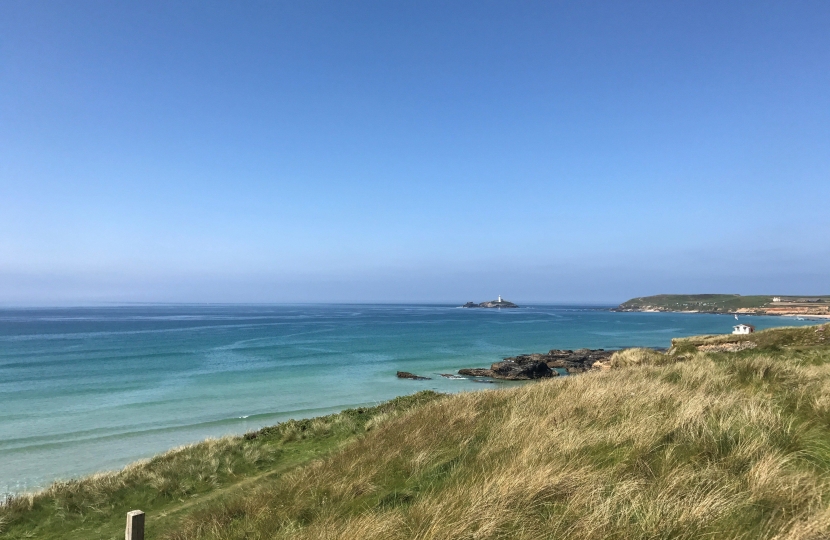
George Eustice, MP for Camborne, Redruth & Hayle has welcomed news of further protections for England's marine life as part of a significant expansion of England's 'Blue Belt' of protected areas to date.
Stretching from Cornwall to Northumberland, the new protections safeguard 12,000 square kilometres of marine habitat, an area almost eight times the size of Greater London. Among the species and habitats that will benefit from the protections are the rare stalked jellyfish, short-snouted seahorse and blue mussel beds.
With 50 zones already designated in 2013 and 2016, the UK now has 355 Marine Protected Areas of different types, spanning 220,000 square km – nearly twice the size of England.
George said, "The UK is already leading the rest of the world by protecting over 30% of our ocean - but we know there is more to do. Establishing this latest round of Marine Conservation Zones in this Year of Green Action is another big step in the right direction, extending our blue belt to safeguard precious and, diverse sea life for future generations to come."
You can read case studies about the areas protected in Cornwall below:
Camel Estuary, north Cornwall
- Largest and most sheltered marine inlet on the north Cornwall coast, covering approximately 2 km2.
- The site will protect a range of habitats, including mud and coastal saltmarshes.
- Intertidal coarse sediment plays an important role in beach protection, while intertidal mud supports a diverse range of invertebrates including ragworms and mudshrimp.
- The saltmarshes are important foraging sites for wading birds and wildfowl, providing refuge at high tide.
Cape Bank, west of Land’s End peninsula
- Inshore site located in the Western Channel and Celtic Sea, spanning approximately 472 km2.
- Cape Bank consists of a rocky reef system, and is home to species such as flatfish, seabass and sandeels – alongside providing habitat for the spiny lobster.

